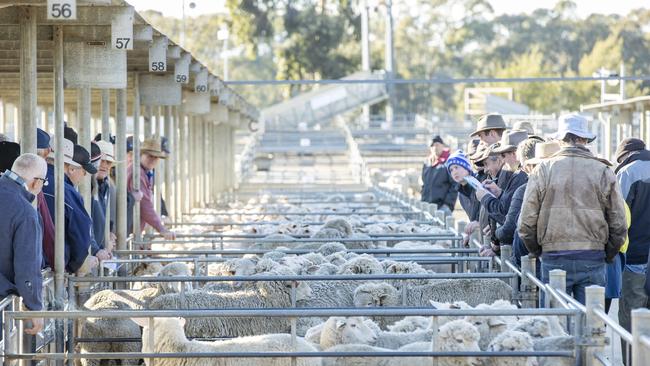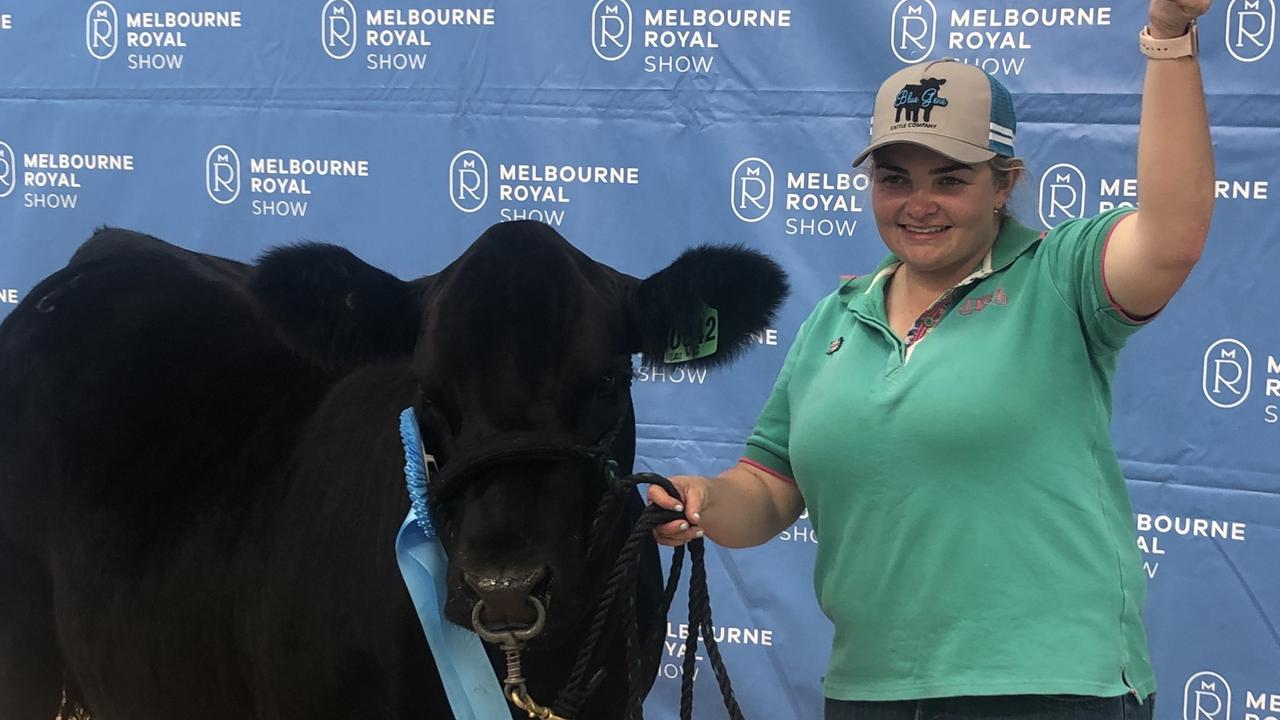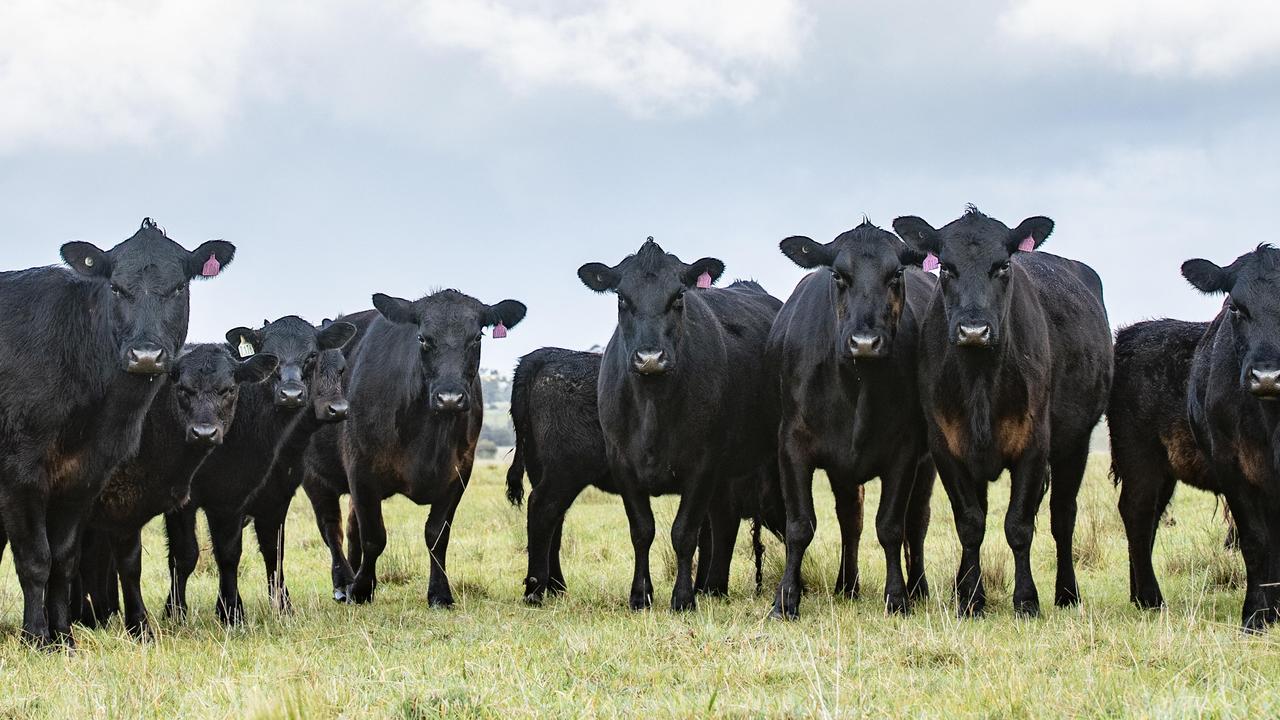Forward pricing contracts fail to make the grade
The lamb market was unable to gain much momentum over the autumn and now the latest forward price contracts for late winter are in the same underwhelming tone.

The lamb market was unable to gain much momentum over the autumn and now the latest
forward price contracts for late winter are in the same under-whelming tone.
The best offer publicly put on the table this past week by exporters for heavy lambs delivered to abattoirs in August is 780 cents per kilogram carcass weight.
It is only 20c/kg better - or $6 more for a 30kg carcass weight lamb - than what the processors put on the table in March for heavy lambs delivered in June and July.
So what has happened to the prospects of a return to decent winter premiums for lamb this season on the back of more numbers killed early and less being carried over and fed?
There was certainly a lot of expectation among industry that the lamb market would have been showing signs of going above 750c to 800c/kg for good slaughter stock by now.
There needs to be some caution around discussing forward contract prices as they are essentially an educated guess that takes into account multiple factors including supply and demand, the season and also the mood and performance of a market.
To firstly look at the situation through the lens of a processor.
In the past three months lamb pricing has not managed to gain a lot of traction despite a lot of analysis that suggested the industry was facing a lower-than-usual pool of carry lambs.
In March the national average saleyard price for heavy lambs was 630c/kg cwt, according to the National Livestock Reporting Service. In April it was 664c/kg lwt, and for the month just finished (May) it calculated out at 679c/kg cwt.
Back in March the forward contracts put out by Thomas Foods International for delivery to its Stawell plant was 720c/kg for May, 740c in June and 760c/kg for July.
It means in recent weeks the company has been paying above ruling market rates for lamb – not ideal but there is value in having a guaranteed supply at a known price.
It surely would be data TFI considered when deciding on an offer for August, which was all but confirmed by a buyer who commented to The Weekly Times that the market hadn’t shown the strength expected amid bigger-than-anticipated numbers.
The offer released this week by TFI was 760c to 780c/kg for heavy crossbred lambs (24-32kg cwt) delivered to Stawell.
In a similar price to what was offer by Junee Prime Lamb in NSW of 760c/kg cwt for heavy crossbred lambs (24-34kg cwt) delivered July and August.
On the demand side there is reportedly pressure on export lamb prices from a softer market into China and also the US, linked mainly to weaker economies. The graphic on this page shows the indicator monthly price shown for sheepmeat sold in China.
It shows values drifting lower since a peak in 2022, the data supplied by Meat and Livestock Australia.
The latest data on US lamb pricing from Steiner Consulting has imported frozen lamb prices trending 7.2pc lower than a year ago, and fresh lamb cuts trending 3.6pc lower.
An interesting figure Steiner also calculated was total lamb, mutton and goat volumes against value.

During March (the latest available official figures) sale volumes of these meats were 20pc higher than a year ago, while the total value only shifted up 6pc. It tells the tale of exporters selling more meat than a year ago but at lower prices.
Now to look at the lamb forward price situation through the eyes of producers and stock agents.
Their focus is on a combination of big lamb kills so far this year and the dry autumn which will arguably affect the condition of early sucker lambs (which usually start to become available in August and are sometimes used by processors to fill the late winter supply gap).
The national lamb kill has been tracking above 500,000 head for the past four weeks, reaching
508,519 in the last week of May which rates as the second highest production week on record.
Several agents at Wagga Wagga and Ballarat told The Weekly Times clients had sold lambs up to a month early this year due to the pressure of the season and feed costs, and numbers in paddocks were quickly declining.
“I think lamb numbers are going to come to a grinding halt and I think the price processors will have to pay for running short of stock later this winter will be big,’’ said one auctioneer who declined to be named, essentially because his stance was the latest forward contract prices weren’t good enough.
It is up to individual farmers to make their own assessments on the forward price deals. The last round of offers put out in March were well subscribed which is arguably a factor in why the physical lamb market hasn’t gained momentum this autumn.
Heavily booked forward kills means less competition in saleyards, and to date processors have been able to keep good levels of inventory around them. Is 740c to 780c/kg cwt good enough to keep this happening up until September, only time will tell.




